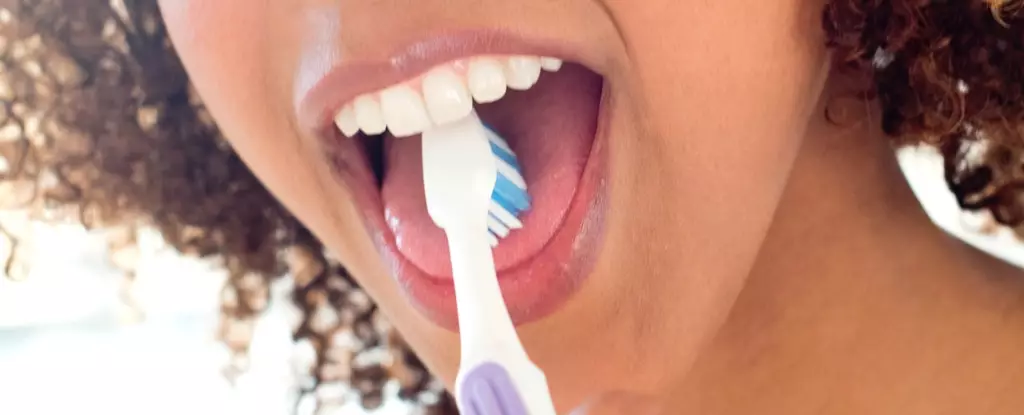When you visit a healthcare professional for a routine examination, one of the first things they may ask you to do is stick out your tongue and say “aaah.” While this request may seem trivial or even amusing, there’s a significant health evaluation taking place. The tongue is more than just a muscular organ responsible for taste and speech; it is a mirror reflecting our overall health. By observing the appearance and condition of your tongue, healthcare providers can gather critical insights into potential health issues beyond just oral health. This simple examination can reveal information related to infections, deficiencies, and diseases, making it an essential part of any comprehensive health check-up.
The tongue is not a single muscle but rather a complex muscular organ comprised of eight muscle pairs that facilitate its intricate movements. Covered in tiny, bumpy projections known as papillae, the surface of the tongue is not only rough but also highly functional. While these papillae sometimes get mistaken for taste buds, they serve different purposes; a mere fraction of the 200,000 to 300,000 papillae on your tongue actually contain taste buds. In fact, the average adult possesses approximately 10,000 taste buds, which contribute to our sensations of flavor. Notably, a healthy tongue generally presents a pink hue, though the specific shade may differ based on individual factors. It’s essential to be mindful of any unusual colors or coatings on the tongue, as these can serve as warning signs for underlying health issues.
While many people focus extensively on brushing and flossing their teeth, the tongue often goes overlooked during daily oral hygiene routines. However, cleaning your tongue is a simple yet effective measure that can significantly enhance oral health and prevent bad breath. Incorporating tongue cleaning into your routine takes only about 10 to 15 seconds. You can use a regular toothbrush or a specialized tongue scraper, both of which can effectively remove food particles and harmful bacteria that often accumulate in the papillae due to their textures.
Inadequate cleaning may lead to bacterial buildup, plaque formation, and an increase in bad breath. Thus, maintaining proper tongue hygiene is not only good for your oral health but also a social courtesy, leaving your breath fresher for those around you. A clean tongue contributes to a healthy mouth and, by extension, can bolster your overall well-being.
During regular tongue cleaning, it’s crucial to pay attention to any noticeable changes in its appearance. Developing a white coating is among the most frequent alterations observed in otherwise healthy individuals. If you notice a film forming on your tongue, this could be due to an accumulation of food and bacteria. Regular cleaning often mitigates this issue, but persistent white patches may indicate more serious conditions such as oral thrush, a fungal infection that requires medical intervention.
It’s essential to recognize that some conditions like “black hairy tongue” can occur due to smoking or excessive consumption of dark-colored beverages and foods. This condition, while not harmful in itself, can signal poor oral hygiene. On the other hand, pink patches surrounded by white borders, referred to as geographic tongue, typically necessitate no treatment, though monitoring is advisable.
Conversely, a red, sore tongue may indicate a range of health problems, from nutritional deficiencies, particularly vitamin B deficiencies, to hormonal changes or side effects from certain medications that cause dry mouth. Persistent lesions, especially those that don’t respond to cleaning or appear alarming, need to be evaluated by a medical professional since certain patches could indicate oral cancer.
Given that oral cancers are on the rise and often go unnoticed until advanced stages, examining your tongue regularly can be a vital aspect of early disease detection. Keeping tabs on variations in color, texture, or the existence of sore spots is not just about maintaining good hygiene; it’s an act of personal health advocacy. Early identification of changes may lead to timely medical consultations and improved health outcomes.
The tongue is a powerful indicator of our health status that should not be underestimated. Incorporating routine tongue cleaning and being observant of any changes can foster better oral hygiene and potentially safeguard our overall health. By adopting these simple practices, we can take proactive steps toward ensuring our wellness—and perhaps prevent serious health issues before they arise.


Leave a Reply